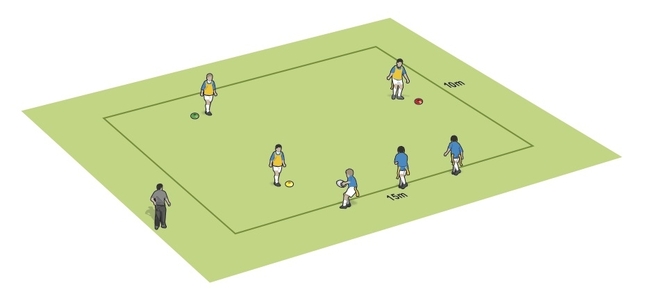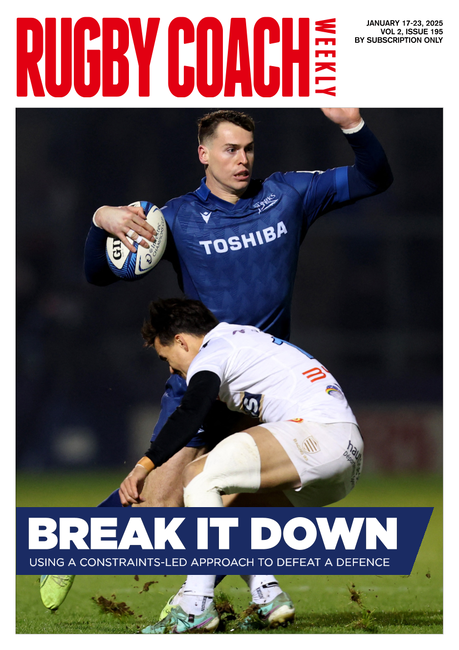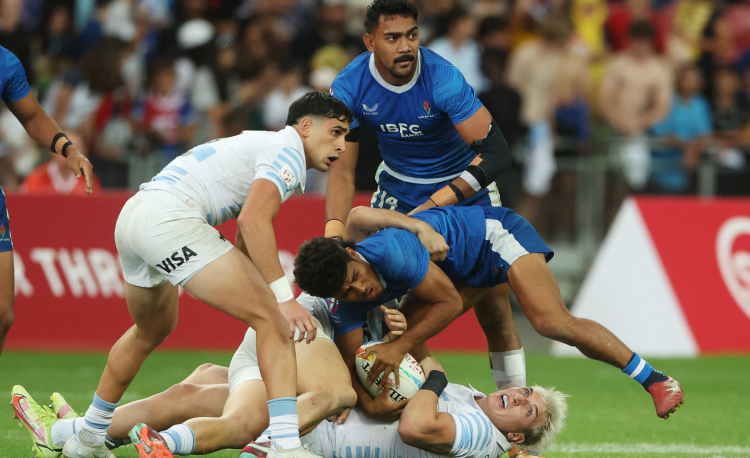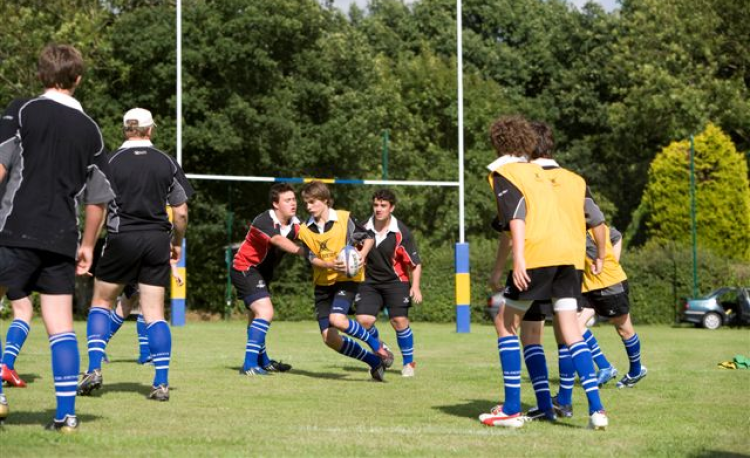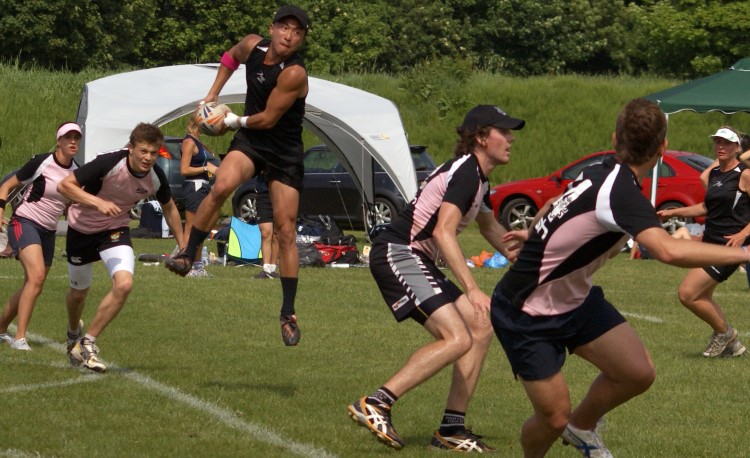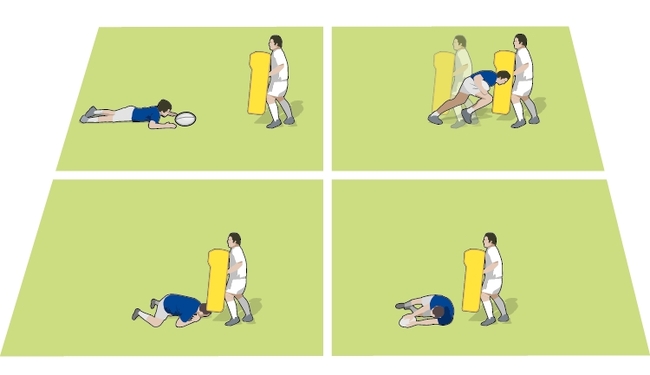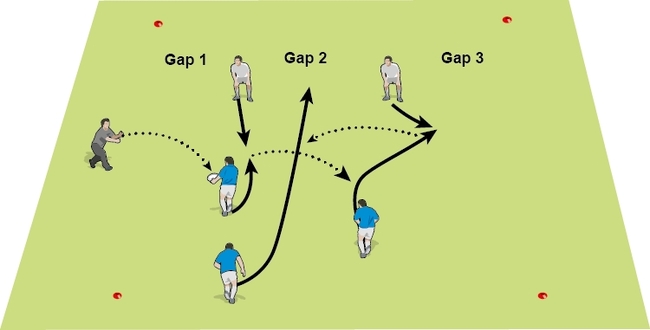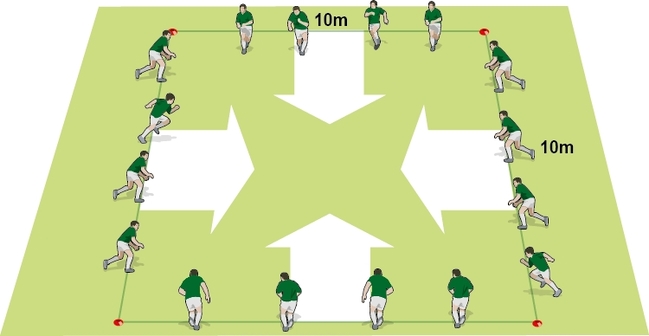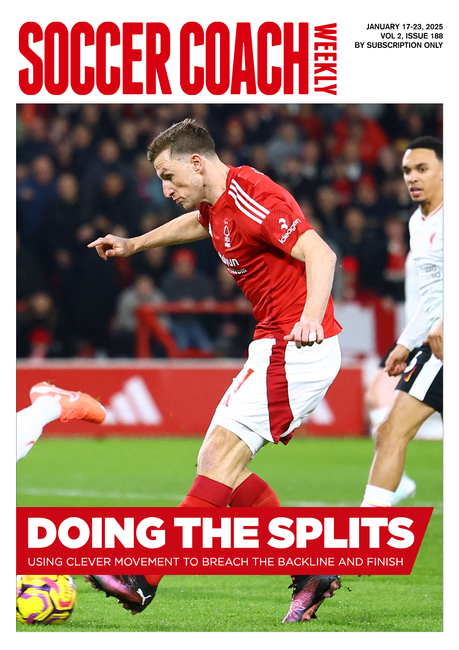Adapting tag sessions into full rugby sessions
We have plenty of tag resources on this site, and I’m keen to ensure they can easily be upgraded into full sessions. Perhaps they won’t be doing much rucking, but there’s plenty else to learn from tag beginnings.
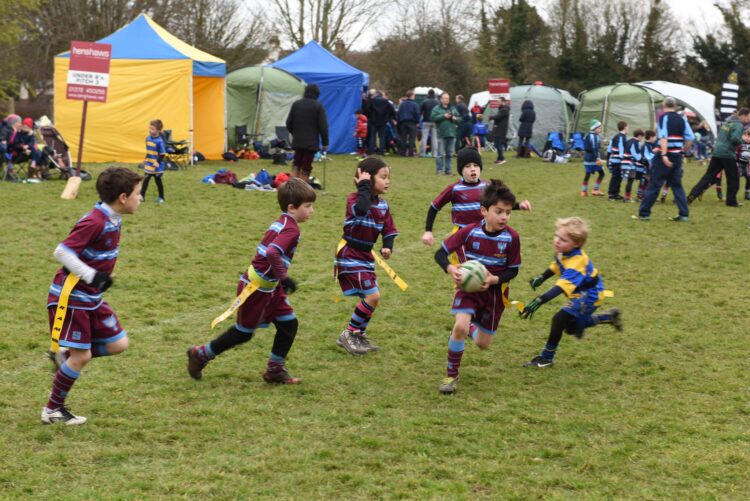
We have plenty of tag resources on this site, and I’m keen to ensure they can easily be upgraded into full sessions. Perhaps they won’t be doing much rucking, but there’s plenty else to learn from tag beginnings.
Most kids’ coaches are pleased to see the back of tag rugby. I’m not sure whether it’s a corollary of having to herd kids who don’t concentrate or the fiddly nature of managing tags and tag tackles.
However, there are plenty of good things we can learn from tag rugby and quickly adapt for older players, even if they’re not wearing a tag belt. First, we must understand what the players need, second, what the players can reasonably achieve. Finally, we should see where a session for seven-year-olds might lead to when they are five years or even ten years older.
It’s that last fact which is a little scary. Are the players technically much better 10 years after their first introduction to catch-pass and evasion? Or, thinking the other way around, are our expectations too high for what they can achieve at seven.
NEEDS
Tag players need to be able to:
- Catch when they are standing still.
- Pass when they are standing still.
- Avoid being tagged by a player who isn’t as agile as they are.
Better tag players can do the first two skills when they are moving, perhaps even running. And they should have a better chance of not being tagged by a player of the same ability.
We would expect non-taggers to do all those skills, and we would then be looking at the length of the pass.
ACHIEVE
While the needs are technical, we want the players to achieve some skill outcomes. That is, they know when to pass, how to support the ball carrier, how to close down a ball carrier in defence and how to connect with other defenders to tag a more agile ball carrier.
Though some players may have some tactical understanding, I wouldn’t expect players to execute a 2v1, recognise an overlap or come up as a line of more than three in defence. That doesn’t mean you don’t practise skills that would help achieve these outcomes. You are merely planting the seeds.
TAG SESSION UPGRADE
Have a look at Rocket launchers. The attackers move up the pitch, avoiding defenders who are released to intercept them. Most tag players will use some form of evasive effort, only passing if they are tagged. More experienced players will “fix” defenders, pass to space if necessary and hold their width and depth in support.
Newsletter Sign Up
Coaches Testimonials

Gerald Kearney, Downtown Las Vegas Soccer Club

Paul Butler, Florida, USA

Rick Shields, Springboro, USA

Tony Green, Pierrefonds Titans, Quebec, Canada
Subscribe Today
Be a more effective, more successful rugby coach
In a recent survey 89% of subscribers said Rugby Coach Weekly makes them more confident, 91% said Rugby Coach Weekly makes them a more effective coach and 93% said Rugby Coach Weekly makes them more inspired.
Get Weekly Inspiration
All the latest techniques and approaches
Rugby Coach Weekly offers proven and easy to use rugby drills, coaching sessions, practice plans, small-sided games, warm-ups, training tips and advice.
We've been at the cutting edge of rugby coaching since we launched in 2005, creating resources for the grassroots youth coach, following best practice from around the world and insights from the professional game.
